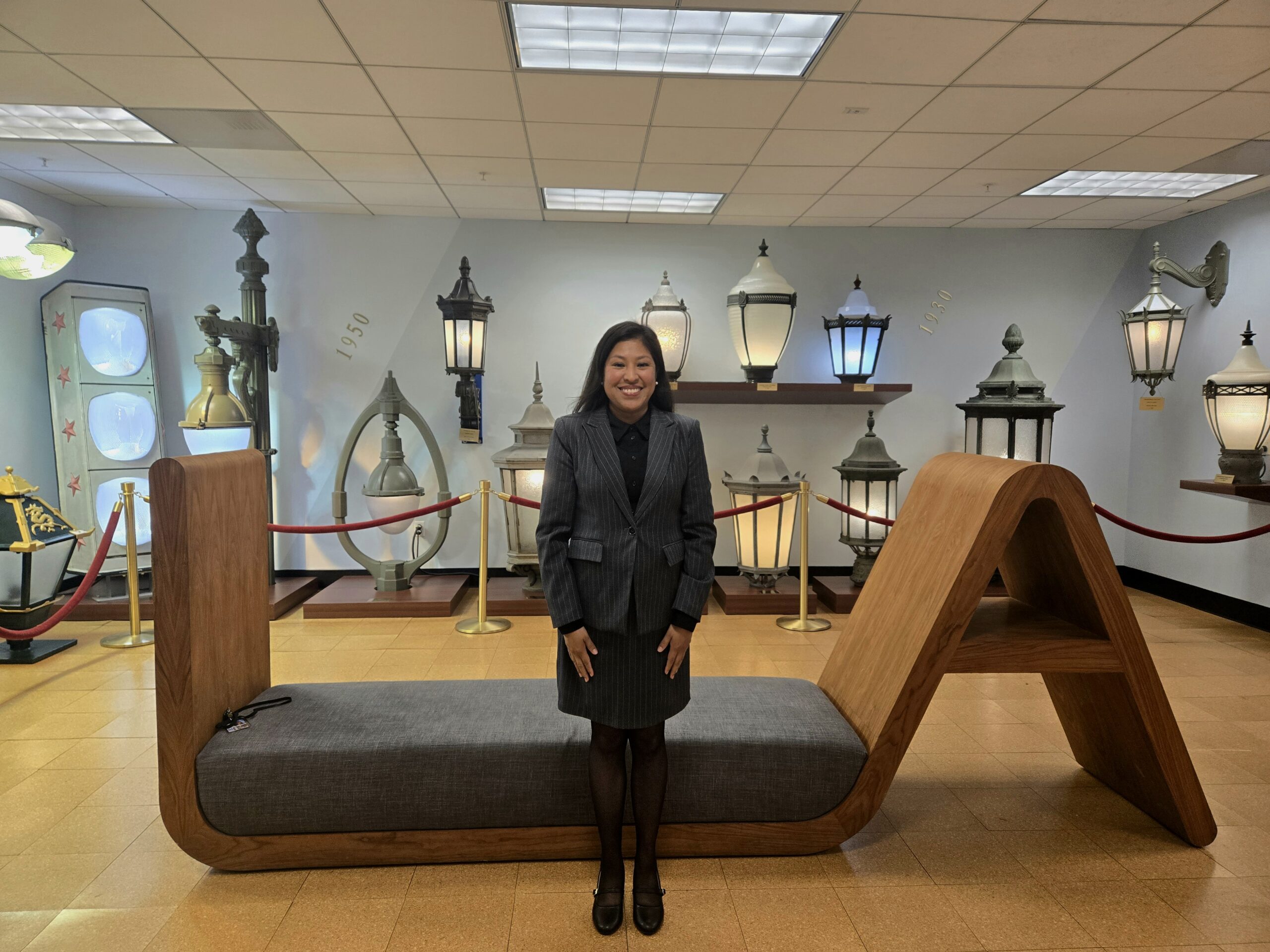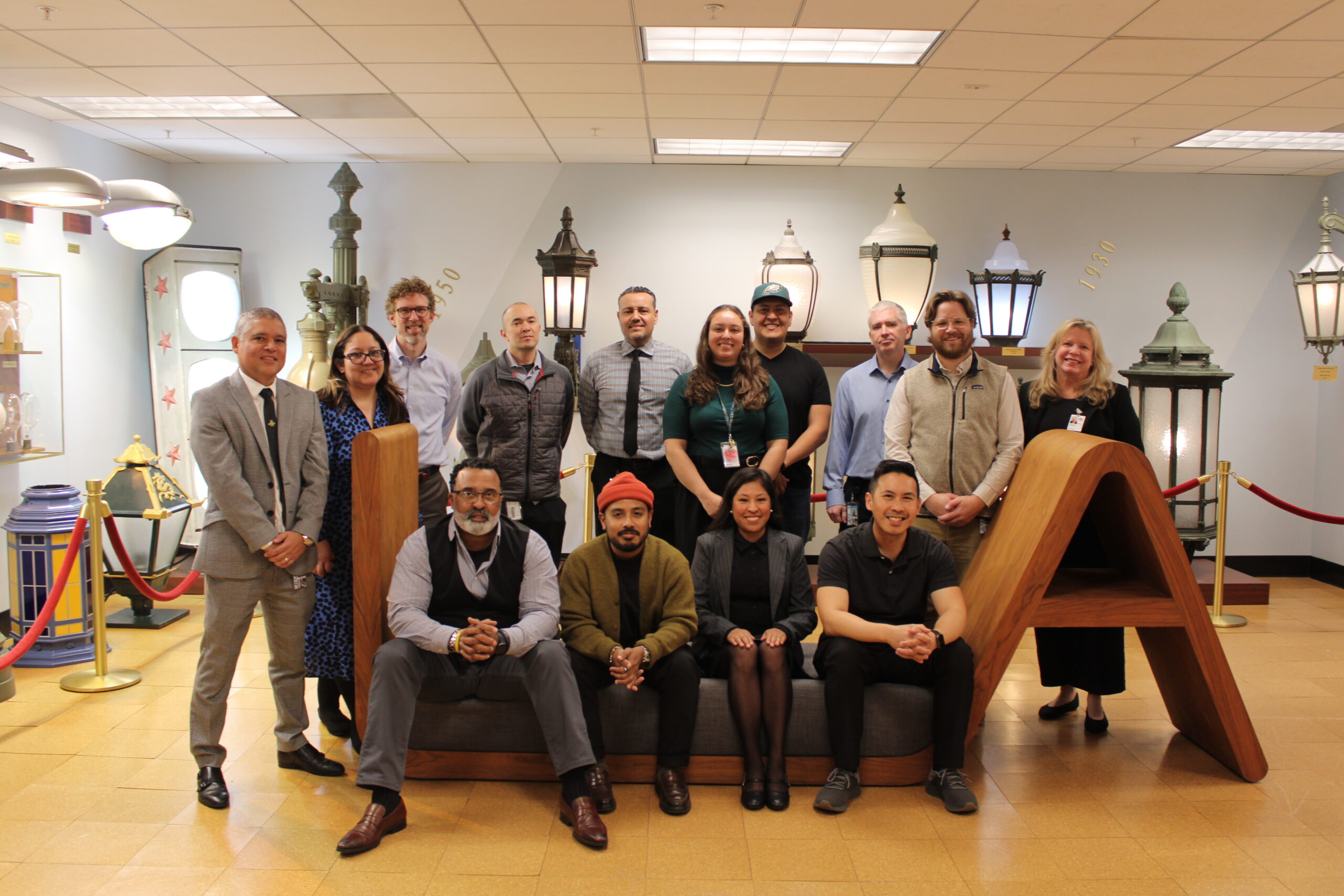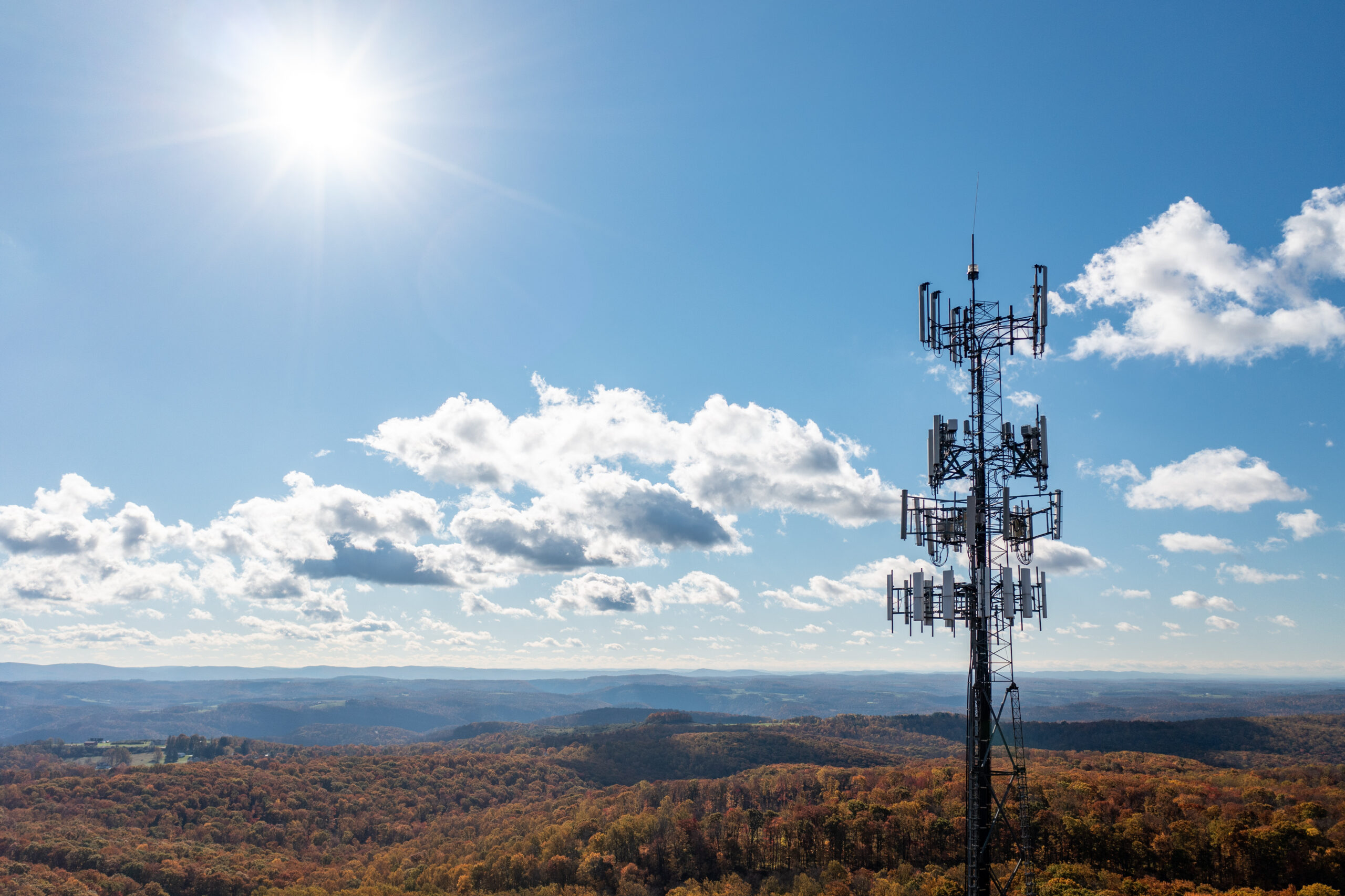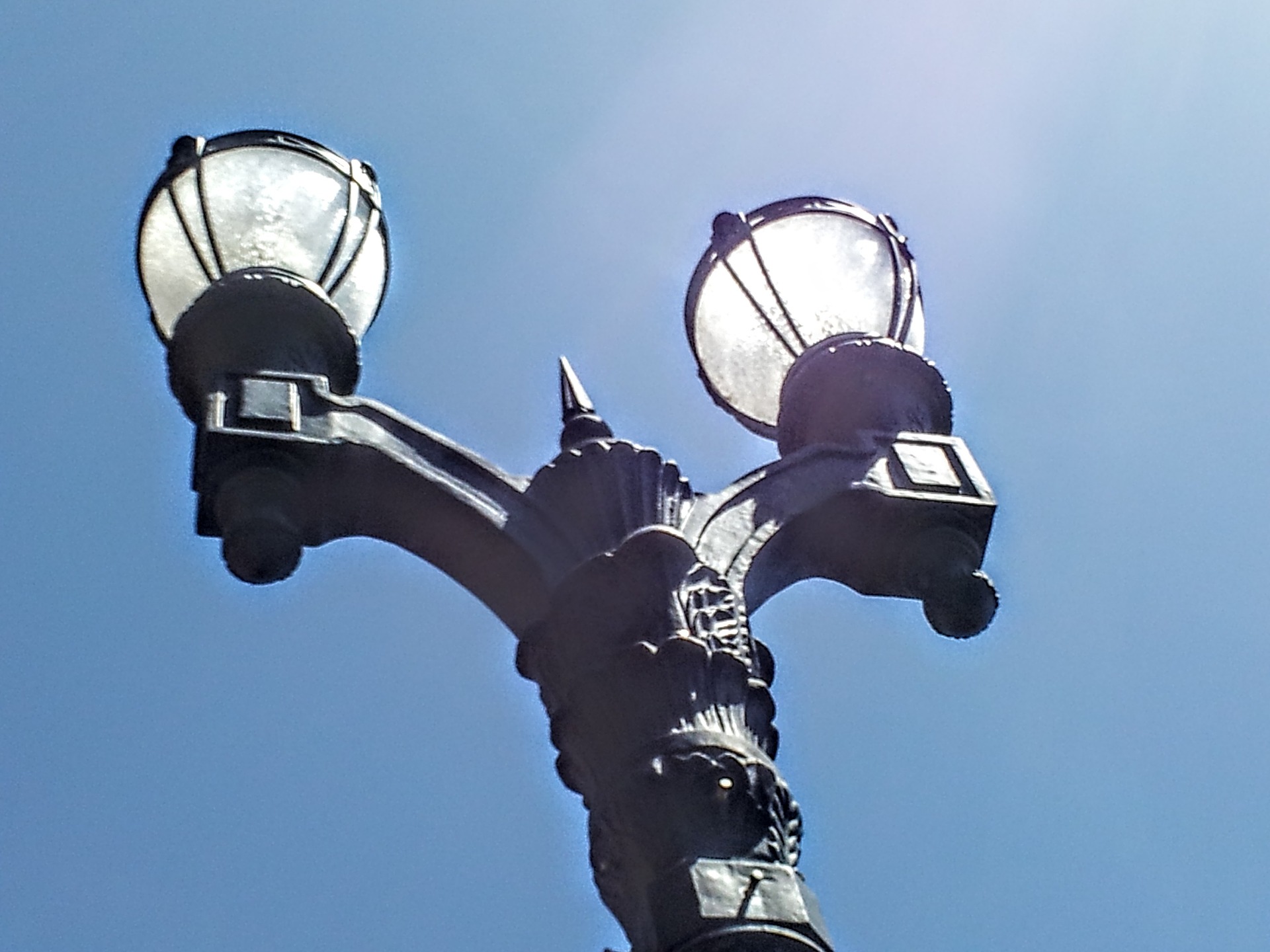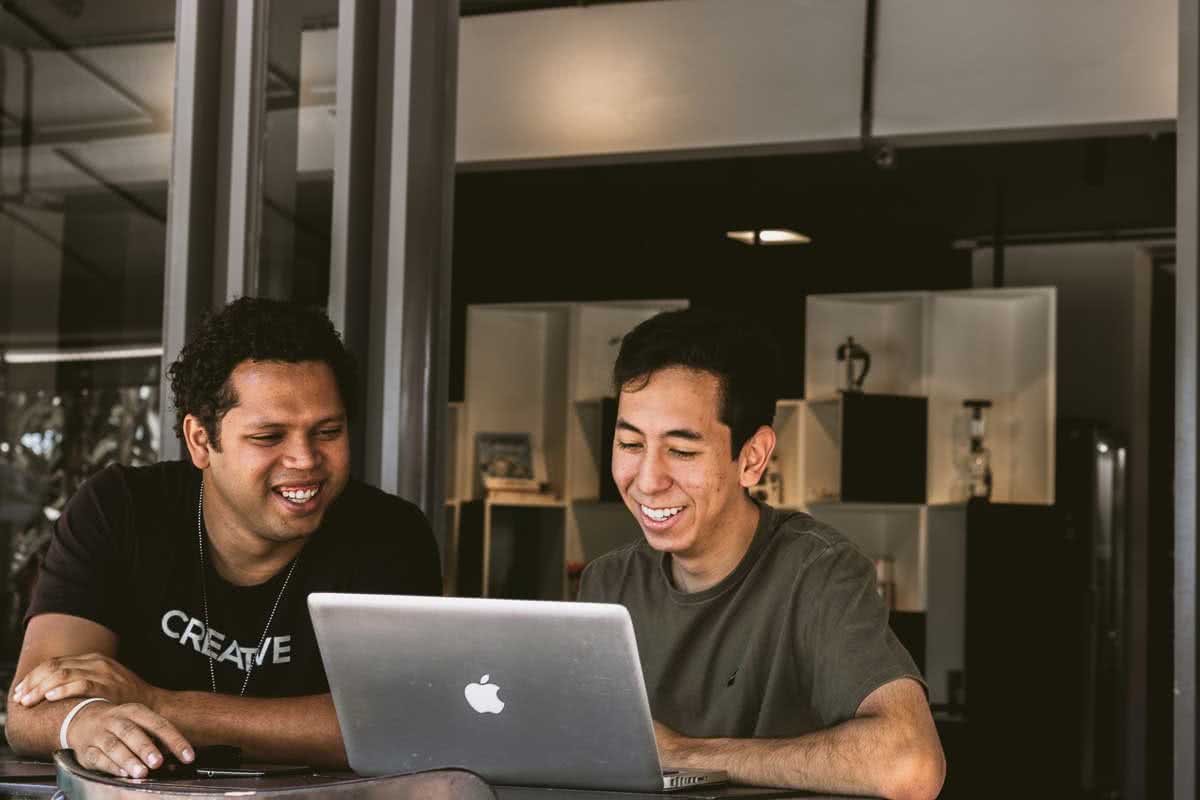This article was written by FUSE Executive Fellow Angelica Hernandez
LA Bureau of Street Lighting’s Evolving Mission
As a FUSE Executive Fellow, I work closely with the Bureau of Street Lighting (BSL) to enhance its community engagement initiatives. With FUSE’s support, we recently held an Innovation Lab to ensure community relations continue to be at the forefront of BSL’s current and new initiatives.
The Bureau’s mission is “To light the way for Los Angeles” and to create a true community asset that powers the culture and creativity of LA’s unique neighborhoods. BSL designs, constructs, and maintains approximately 223,000 streetlights across the City of Los Angeles as part of the Department of Public Works. The system has over 400 styles ranging from modern to ornate/historic and illuminates two-thirds of the city. Since its founding a century ago, the Los Angeles Bureau of Street Lighting has been at the forefront of innovation, technology, and design. As our lives become more and more digitally connected, the Bureau is improving and enhancing LA’s streetlights to make them provide even more benefits to the community.
Smart City Initiatives and Core Challenges
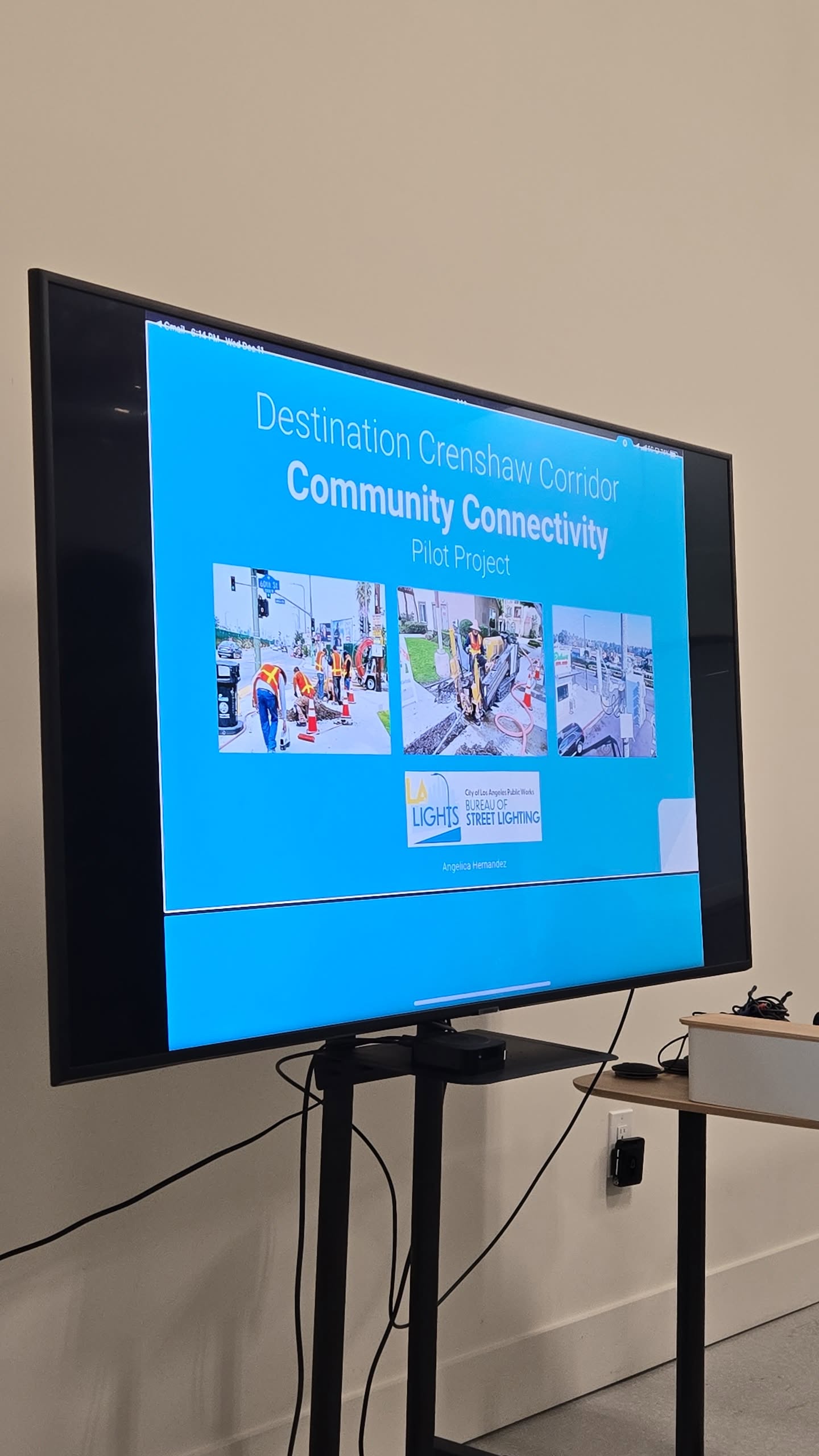
Currently, the Bureau is working to bring community wi-fi to communities in Los Angeles, including Crenshaw and Canoga Park, through fiber construction. This work is made possible through partnerships with community organizations like Destination Crenshaw. Furthermore, BSL has moved to increase smart city assets by pairing technology with infrastructure to improve public services. Some prime examples are the Bureau’s EV charging stations, sensor technology, smart poles, co-location 5G, solar streetlights, USB chargers, and smart street light poles. At the same time, the Bureau is working to deal with fundamental issues that challenge its core operations of maintaining the lights on. The Bureau’s primary challenge is copper wire theft, which has targeted the Bureau’s assets, hurting the city’s most vulnerable communities. These challenges and opportunities have positioned the Bureau to enhance its community engagement with the public. As part of my fellowship, I have understood the Bureau’s internal operations and have taken a more significant role in external community relations with the public we serve.
The FUSE Fellowship: Maximizing Broadband Benefits
The City of Los Angeles, Bureau of Street Lighting, collaborated with FUSE to create this fellowship opportunity.
My FUSE Fellowship, Maximizing Broadband Benefits in Marginalized Neighborhoods, was designed to lead a community engagement effort focused on broadband infrastructure. In 2023, the Bureau of Street Lighting launched a project to extend broadband internet access to underserved and unserved communities in the city. The Bureau has historically been responsible for constructing and maintaining more than 200,000 streetlights in one of America’s largest and most diverse cities. BSL’s infrastructure, including electrical power and light poles, provides an infrastructure on which the city is adding other services, including broadband internet infrastructure.
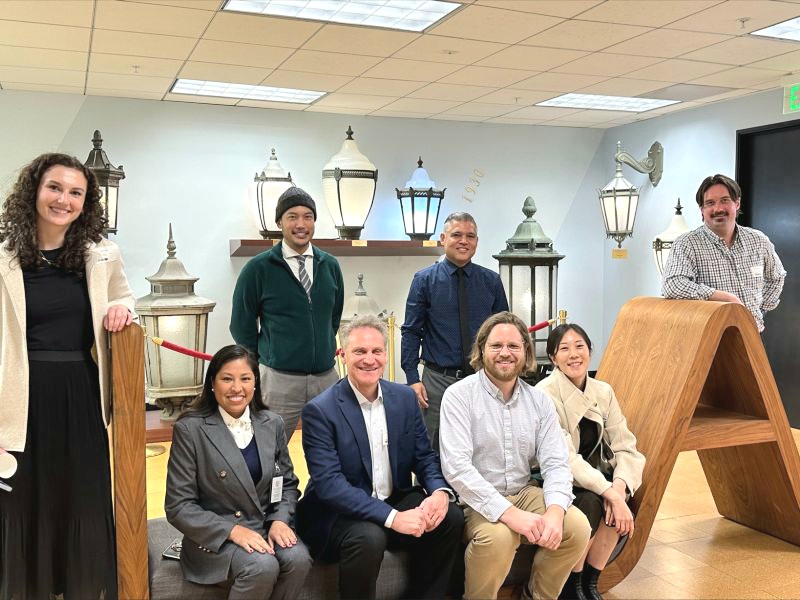
To kick off my project, I looked back at my first year as a fellow to analyze how I could build upon what I learned about the Bureau’s internal relations that could help me as my role shifted to external for the second year. I began by connecting with BSL team members individually to understand their roles, expertise, and experiences. In addition, I worked directly with the Digital Inclusion unit to prepare and launch infrastructure pilots funded through the American Rescue Plan Act (ARPA), aiming to bring digital equity to Los Angeles. Getting a solid foundation on the inner workings of the Bureau gave me a strong foundation to step out into the community with a clear understanding of our goals. Being equipped with this knowledge made engaging with the community and external stakeholders easier.
In addition, the Bureau partnered with the LA Public Library (LAPL) to provide public outreach and education related to the project. However, the BSL has discovered that the broadband infrastructure projects and other initiatives would greatly benefit from more community outreach and engagement. Specifically, BSL seeks to understand community needs and concerns to engage with residents, businesses, and various community-based organizations. This community engagement is particularly crucial in historically underserved areas, often majority Black or Latino communities in Los Angeles. In the past, these communities have had little or no voice in city infrastructure decisions.
The Innovation Lab: Managing Community Engagement
To address these challenges, we developed an Innovation Lab focused on identifying creative strategies for community relations management as BSL advances new projects while maintaining existing infrastructure. The professional facilitation team from Openfields guided the process, bringing expertise in collaborative problem-solving and equity-centered design.
The planning process brought together BSL personnel from across departments along with Openfields to leverage the team’s diverse expertise. We intentionally included representatives from multiple units and leadership levels to ensure comprehensive perspectives and full participation in the discussions.
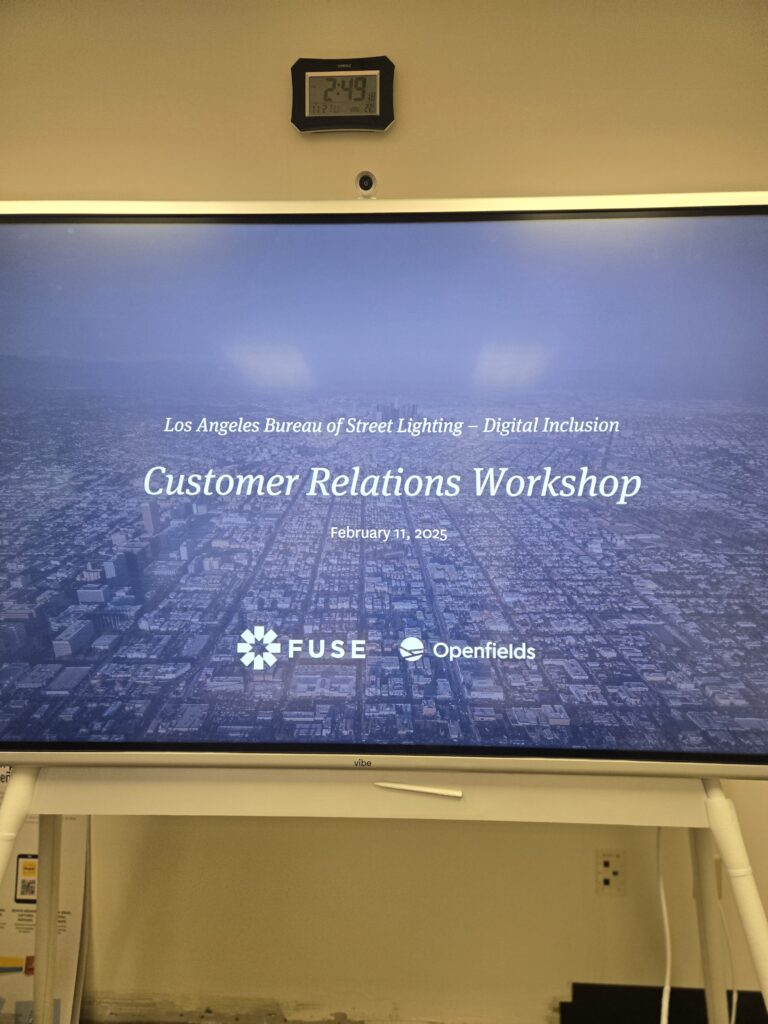
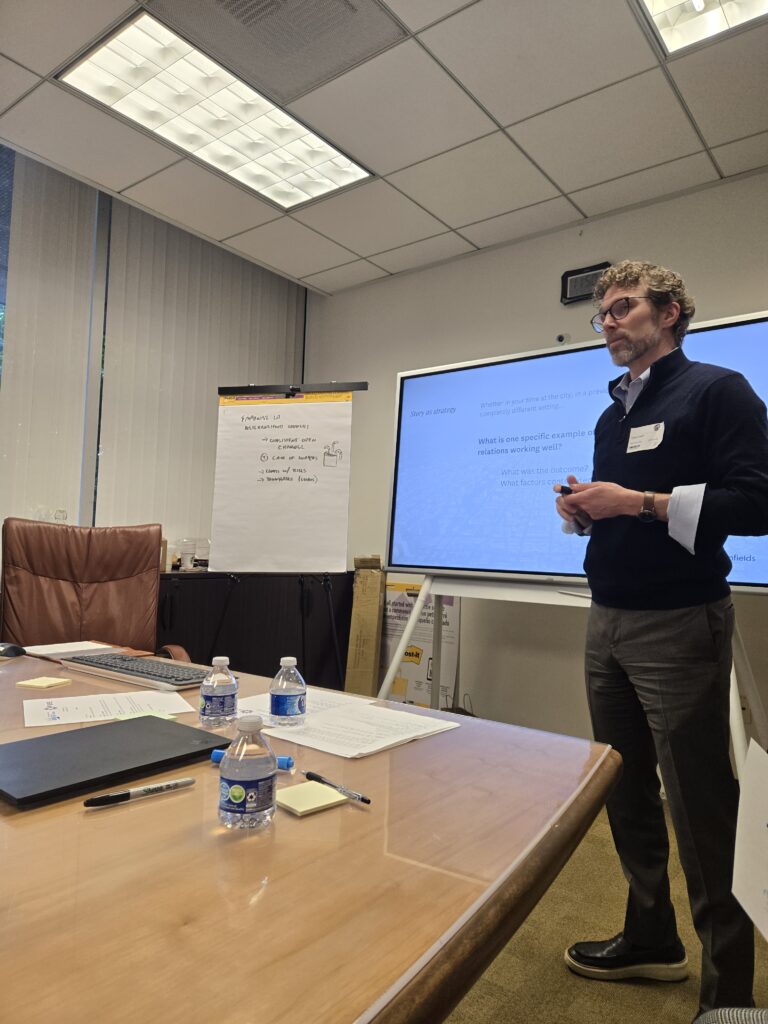
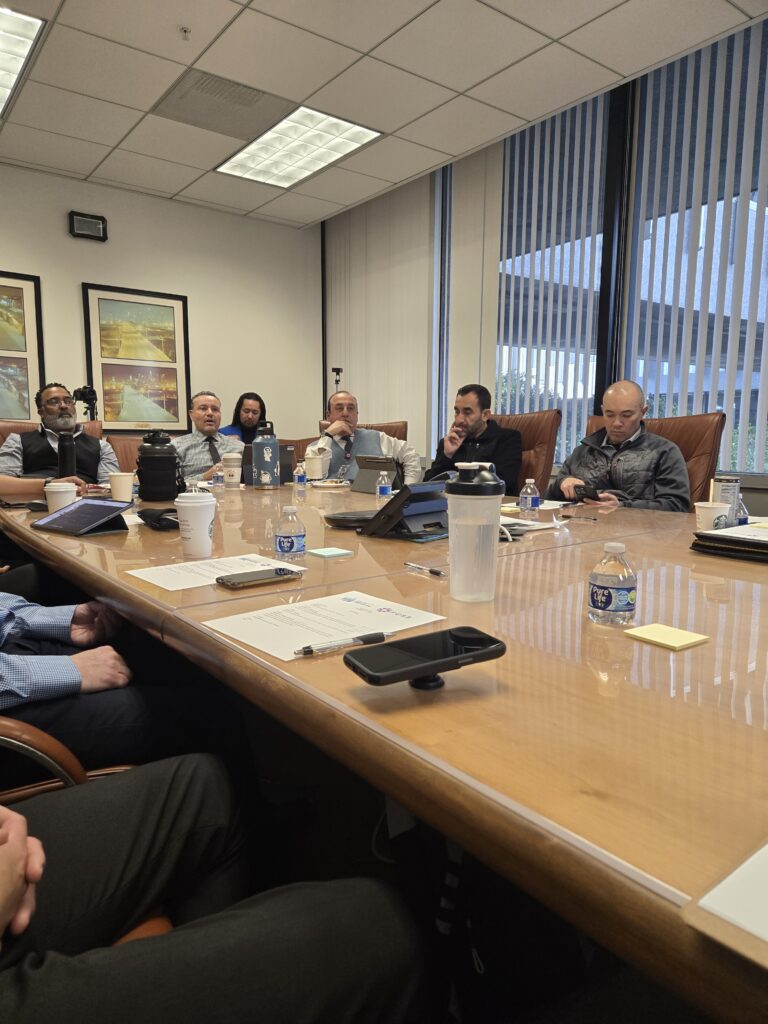
The Innovation Lab was a half-day event hosted at the DTLA BSL offices and museum. It began with framing the issue at hand and providing context about the mission and goals of the Bureau. We proceeded with guest introductions to ensure our facilitator better understood who was in the room. We then moved into visioning exercises to assess what the Bureau does well, where it can improve, and what could be done in the immediate future to ensure that we are proactive in our community relations outreach. The lab also featured pair and group discussions to address assumptions, concerns, and solutions for BSL moving forward, using tools like journey mapping to capture hopes and goals for the Bureau’s projects.
The session brought together a diverse group of BSL personnel, including the executive director/general manager, assistant managers, senior division management, engineers, and representatives from various departmental units, along with FUSE. This cross-functional representation enriched our discussions and ensured that multiple perspectives informed the Bureau’s community relations strategy.
One of the key takeaways from the Innovation Lab was the institutional knowledge that all the participants brought to the table. Several team members have been with the Bureau for decades. They were able to share past successes and suggestions for growth. Through conversations, the group reflected on the mission of the Bureau and its legacy for past, present, and future generations. As the Bureau celebrates its centennial this year, participants expressed optimism about the Bureau’s direction. The feedback I received was highly positive, and the lab was deemed a success. As a group, we determined opportunities to combine messaging efforts about our expanded community role along with the core mission of maintaining the lights on while addressing copper wire theft.
A Framework for the Future
My two-year experience as a FUSE Executive Fellow has been professionally enriching. I’ve witnessed the expansion of the digital inclusion unit, gained insight into the Bureau’s operational complexities, and collaborated with diverse stakeholders. In addition, I was able to help with the launch of three community connectivity pilots that are bringing digital equity to communities in Los Angeles with the greatest need through infrastructure. As my fellowship ends, I hope the insights gained from the Innovation Lab will continue to inform future projects and maintain equity as a central consideration in digital inclusion efforts.
